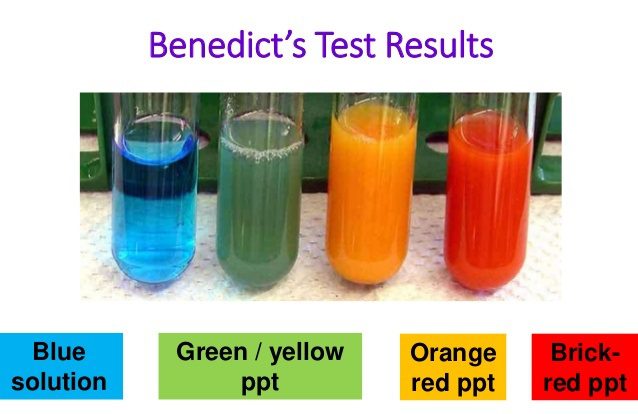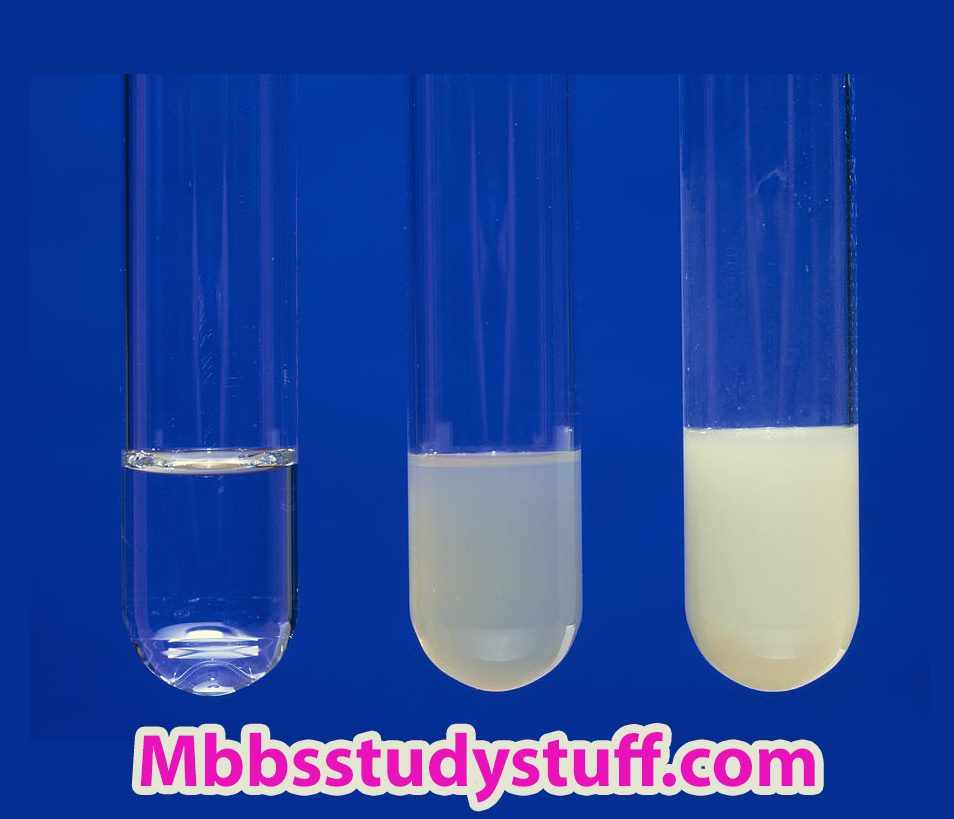Barfoed’s test is a specific test for monosaccharides and disaccharides.
Contents [hide]
PRINCIPLE:
Barfoed’s test differs from benedict’s test in an aspect that reduction is carried out in acidic medium. Since the medium is unfavorable for reduction, Only the strongly reduced carbohydrates (monosaccharides) react very fast and give positive result within 7 minutes.
Disaccharides also give this test positive when boils for sufficient time (7-14 minutes).
Acetic acid gives acidic medium in which cupric ion reduces to a cuprous ion with monosaccharides and disaccharides.
REAGENTS:
1.Barfoed’s Reagent: i. Copper acetate, and ii. Acetic acid.
2. Original solution: (O.S) containing a carbohydrate.
PROCEDURE:
- Take 5 ml of Barford’s reagent in a test tube.
- Add 0.5 ml of original solution in the test tube.
- Mix thoroughly and place it in the boiling water bath.
- When the precipitate forms, then note the time.
INDICATION:
Note the time when signs of reduction, i.e., formation of a red precipitate of cuprous oxide first appears in the test tube.
RESULT:
The monosaccharides start forming precipitates in less than 7 minutes whereas the precipitates appearing after 7 minutes indicate the presence of disaccharides in the solution.
Precautions:
- Wash the apparatus before and after the experiment.
- Carefully handle all the chemicals.








Leave a Reply